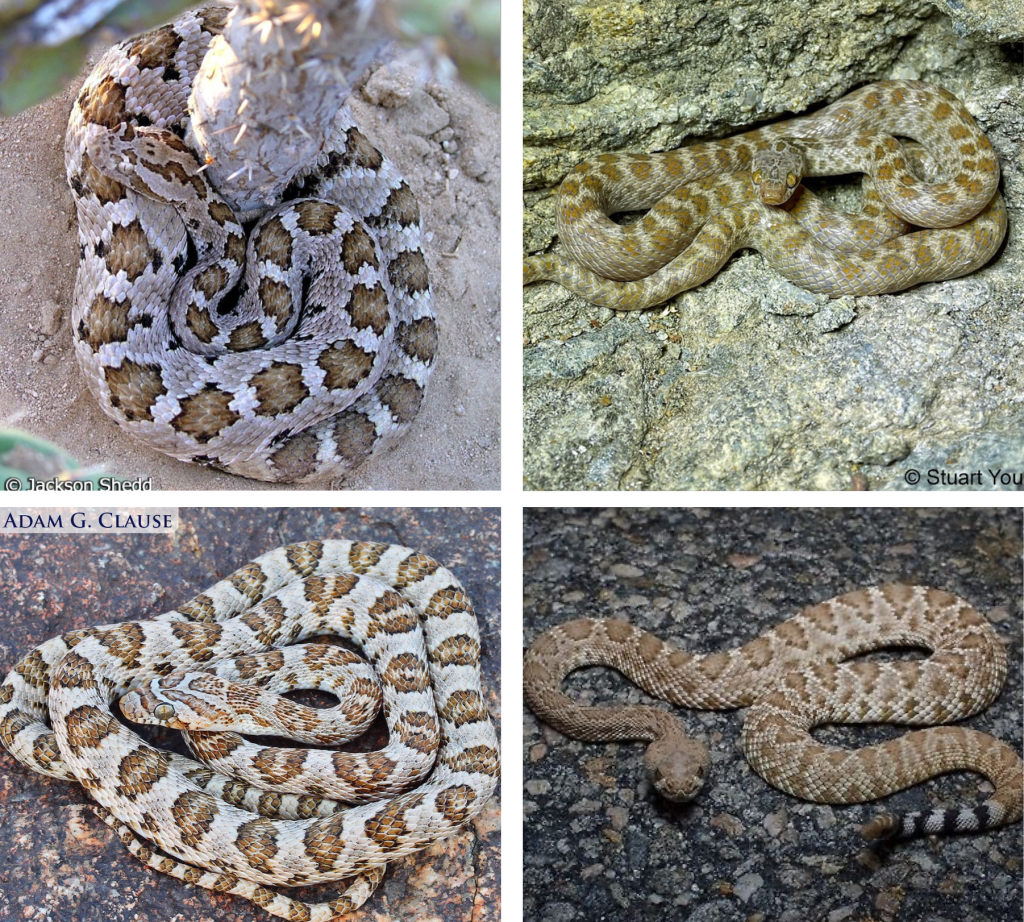
This time of year many snakes are out, including rattlesnakes. I get a lot of questions about our local rattlesnakes and hear rumors about them, many of which are false, so here are a few facts about these beautiful and important snakes.
In La Ventana/El Sargento, we have three species of rattlers: the Red Diamond Rattlesnake (Crotalus ruber), the Speckled Rattlesnake (Crotalus mitchellii) and the Baja California Rattlesnake (Crotalus enyo). All of these species have rattles and are dangerously venomous and should be given space. As for which are the most venomous, I do not really have an answer. I would treat all rattlesnakes with equal respect.
The rattle-less rattlesnakes that I hear people talking nervously about are only found on Isla Santa Catalina; none of them live on mainland Baja. Occasionally, rattlesnakes will lose their rattles, but this is quite rare.
There are other ways of identifying rattlesnakes besides their rattles. Their heads are quite large and their eyes have vertical pupils, but so do the eyes of many non-venomous snakes. Most rattlesnakes have black and white colored bands on their tails before the rattles, and are quite heavily built, meaning they are relatively short and fat.
One thing I hear often is that baby rattlesnakes are more dangerous than adults because they don’t know how to control their venom. I believe this to be completely false. Even if baby rattlesnakes used all of their venom in one bite, which is very unlikely, they still have much less venom than adults, because their venom glands are smaller. Baby rattlesnakes are definitely dangerous, I just would not say that they are any more dangerous than adults.
One last thing to note: rattlesnakes are venomous, not poisonous. Venom is injected into the bloodstream, whereas poison is eaten or touched.
If there are any questions about our venomous neighbors, I would love to answer them! Please email me anytime. Here are a few pictures of rattlesnakes next to pictures of harmless snakes. Can you tell the difference? Photo credits thanks to Adam Clause, Jackson Shedd, and Stuart Young. California Herps https://www.californiaherps.com/